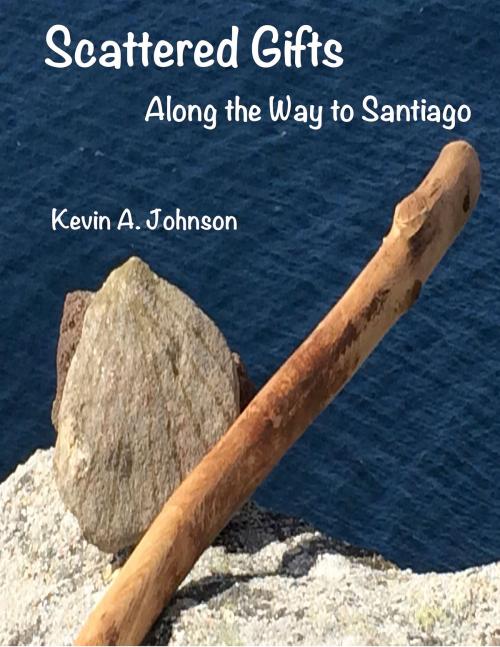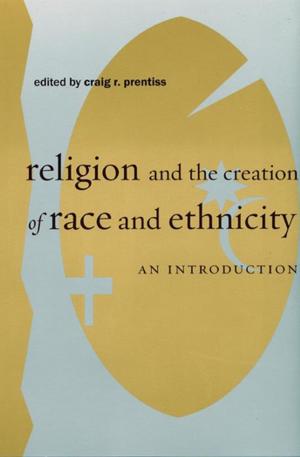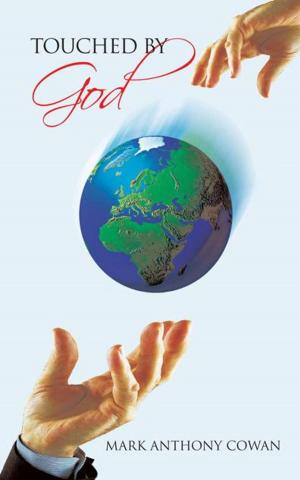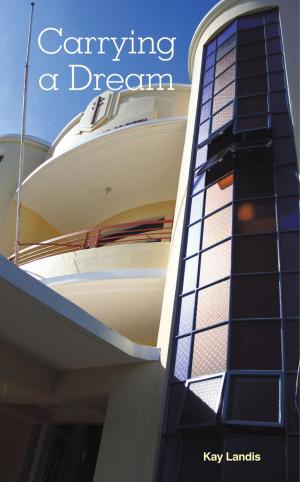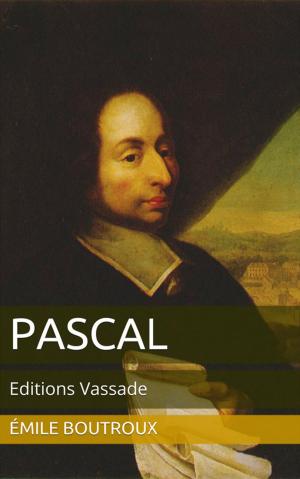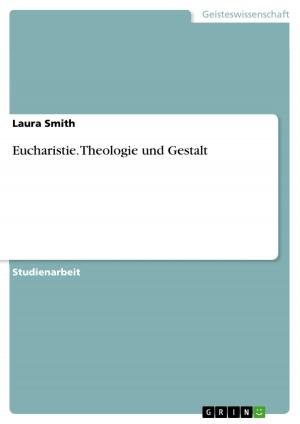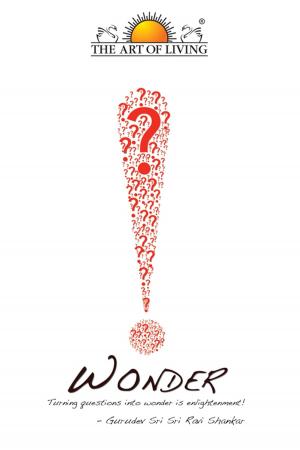Scattered Gifts: Along the Way to Santiago
Nonfiction, Religion & Spirituality, Inspiration & Meditation, Spirituality| Author: | Kevin Johnson | ISBN: | 9780692339220 |
| Publisher: | Along the Way Publishing | Publication: | December 13, 2014 |
| Imprint: | Language: | English |
| Author: | Kevin Johnson |
| ISBN: | 9780692339220 |
| Publisher: | Along the Way Publishing |
| Publication: | December 13, 2014 |
| Imprint: | |
| Language: | English |
Long before the Romans occupied the Iberian Peninsula the Celtic peoples lived upon this land. Early on, these peoples living in what is now modern day Galicia pilgrimaged east to west traveling ancient paths through the Galician mountain ranges to the locale the Romans would name Cape Finisterre, or Earth’s End. Legend says that on this spit of land the Celts would make offerings at the Ara Solis, an altar to the dying sun. Standing in that place, watching the sun sink into the sea the traveling pilgrim understands why. Legend says that following the ascension of the Christ the Apostle James traveled to the Iberian Peninsula to preach to the indigenous peoples the Good News of Jesus. About the year ad 800 the story tells us that the bones of Sant Iago (Saint James) were discovered by the hermit Pelagius. The city which grew in this place is called Santiago de Compostela, or Saint James in the Field of Stars. Soon Christian peoples began to walk the path towards Santiago to visit with Saint James then continued on to Cape Finisterre. Over millennia this way has become The Way, a sacred path imbued with the prayers and hopes of millions. In recent years the number of travelers on the Way has increased exponentially. While the Camino has many routes originating from all over Europe, the most popular route (called the French Way) begins in the town of St-Jean-Pied-de-Port located on the French side of the Pyrenees Mountains twelve miles east of the Spanish border. Traveling over the Pyrenees Mountains, across the high plains called the meseta, and back into the Galician mountain ranges, the Camino ends approximately eight hundred kilometers later in Santiago. On June 1st, 2014 Father Kevin Johnson, an Episcopal priest, was dropped off at an airport in North Carolina. Two airplanes, one train, and a bus later he found myself standing in a parking lot in St. Jean. On June 3rd, he put on his boots, left the hotel, hoisted his pack, and began to walk. Forty days later he would arrive in Santiago, twenty-five pounds lighter and much fuller of spirit. Fr. Johnson observes that “…the Way of Saint James challenges us, asking those who dare to step upon her path to delve deep into the assumed truths of how we are and what we do.” Illustrated with splendid photography, this series of reflections offers his discovered truths about God, people, places, and things encountered along the Way. Come along the journey and we'll where the Way carries us.
Long before the Romans occupied the Iberian Peninsula the Celtic peoples lived upon this land. Early on, these peoples living in what is now modern day Galicia pilgrimaged east to west traveling ancient paths through the Galician mountain ranges to the locale the Romans would name Cape Finisterre, or Earth’s End. Legend says that on this spit of land the Celts would make offerings at the Ara Solis, an altar to the dying sun. Standing in that place, watching the sun sink into the sea the traveling pilgrim understands why. Legend says that following the ascension of the Christ the Apostle James traveled to the Iberian Peninsula to preach to the indigenous peoples the Good News of Jesus. About the year ad 800 the story tells us that the bones of Sant Iago (Saint James) were discovered by the hermit Pelagius. The city which grew in this place is called Santiago de Compostela, or Saint James in the Field of Stars. Soon Christian peoples began to walk the path towards Santiago to visit with Saint James then continued on to Cape Finisterre. Over millennia this way has become The Way, a sacred path imbued with the prayers and hopes of millions. In recent years the number of travelers on the Way has increased exponentially. While the Camino has many routes originating from all over Europe, the most popular route (called the French Way) begins in the town of St-Jean-Pied-de-Port located on the French side of the Pyrenees Mountains twelve miles east of the Spanish border. Traveling over the Pyrenees Mountains, across the high plains called the meseta, and back into the Galician mountain ranges, the Camino ends approximately eight hundred kilometers later in Santiago. On June 1st, 2014 Father Kevin Johnson, an Episcopal priest, was dropped off at an airport in North Carolina. Two airplanes, one train, and a bus later he found myself standing in a parking lot in St. Jean. On June 3rd, he put on his boots, left the hotel, hoisted his pack, and began to walk. Forty days later he would arrive in Santiago, twenty-five pounds lighter and much fuller of spirit. Fr. Johnson observes that “…the Way of Saint James challenges us, asking those who dare to step upon her path to delve deep into the assumed truths of how we are and what we do.” Illustrated with splendid photography, this series of reflections offers his discovered truths about God, people, places, and things encountered along the Way. Come along the journey and we'll where the Way carries us.
